Day 9 (February 1, 2019)
Rest day in Tosa, Kōchi

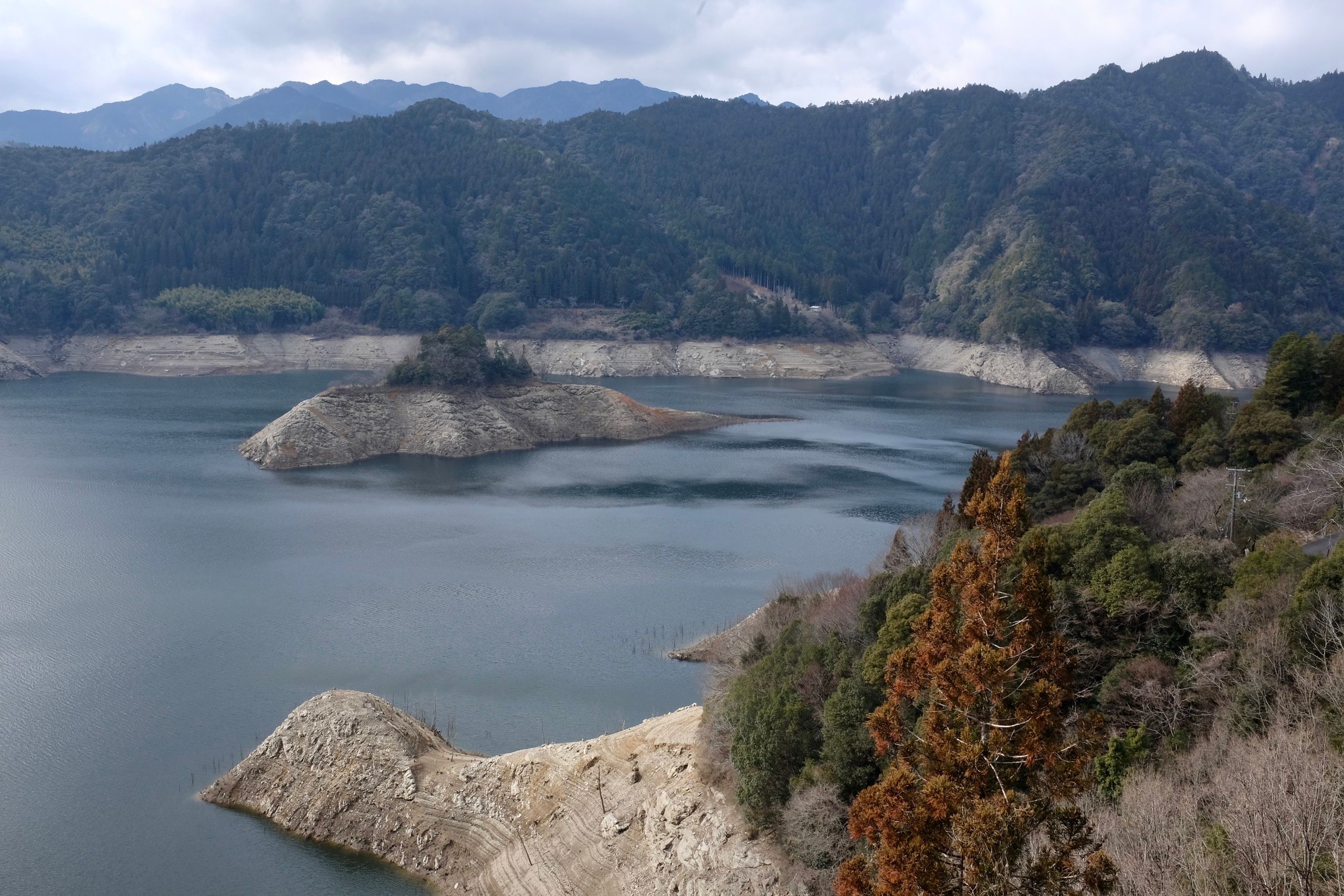
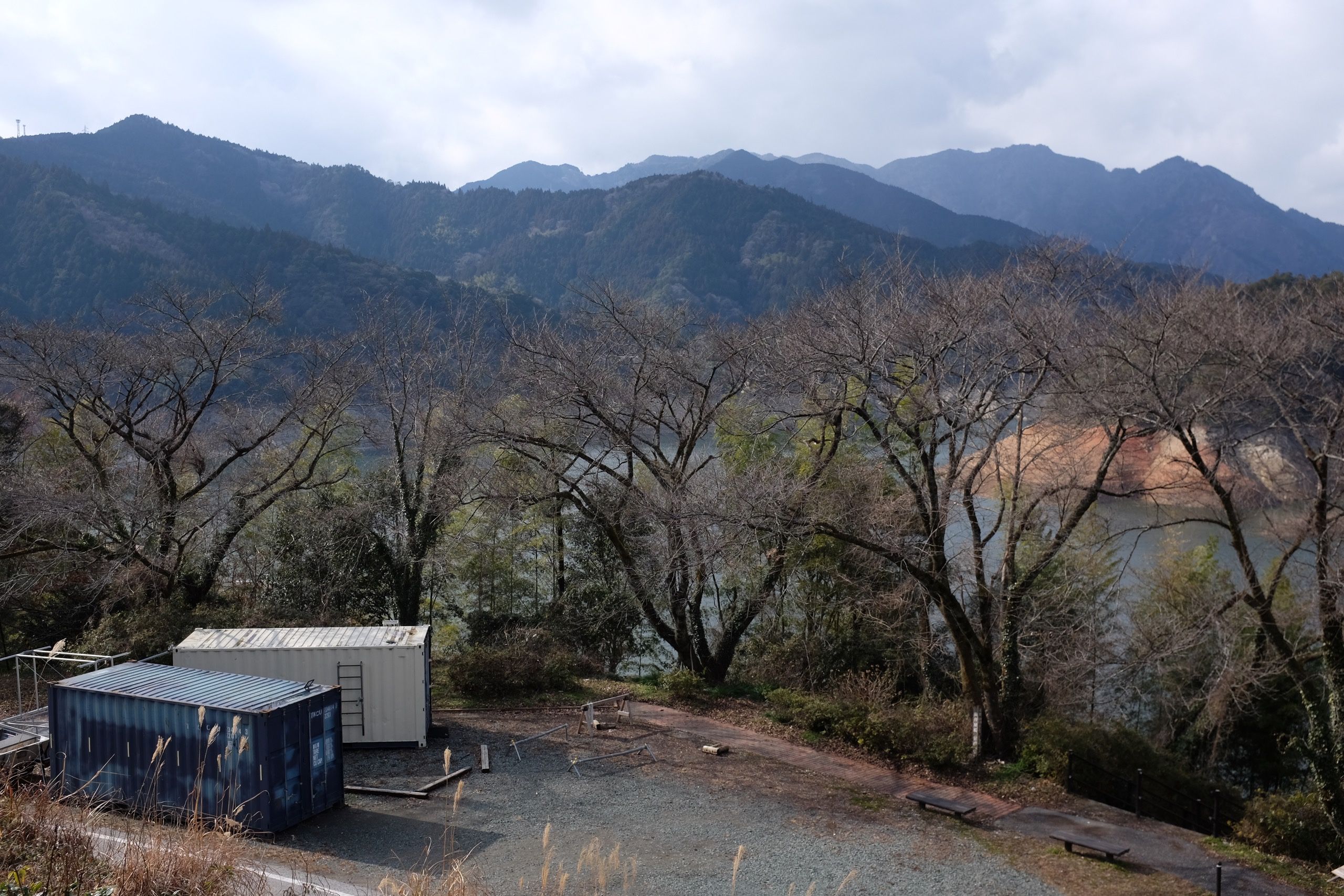
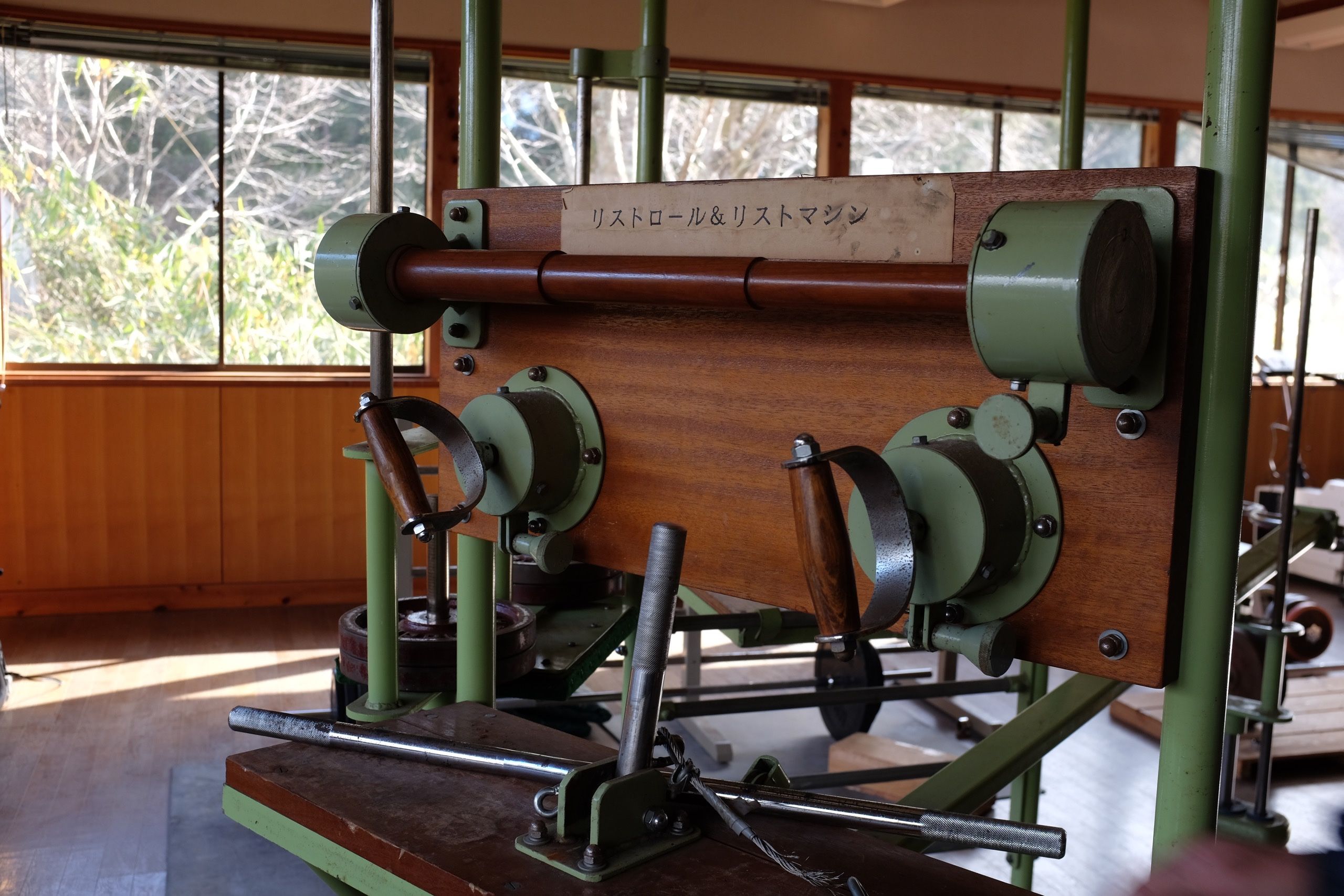
I don’t pump iron, but if I did, I’d pump it on this vintage Japanese exercise machine, all wood and knurled steel and exposed screws.

Among the stranger things I’ve encountered in the Japanese countryside is a mamushi (Gloydius blomhoffii) in a bottle. It looked dead.
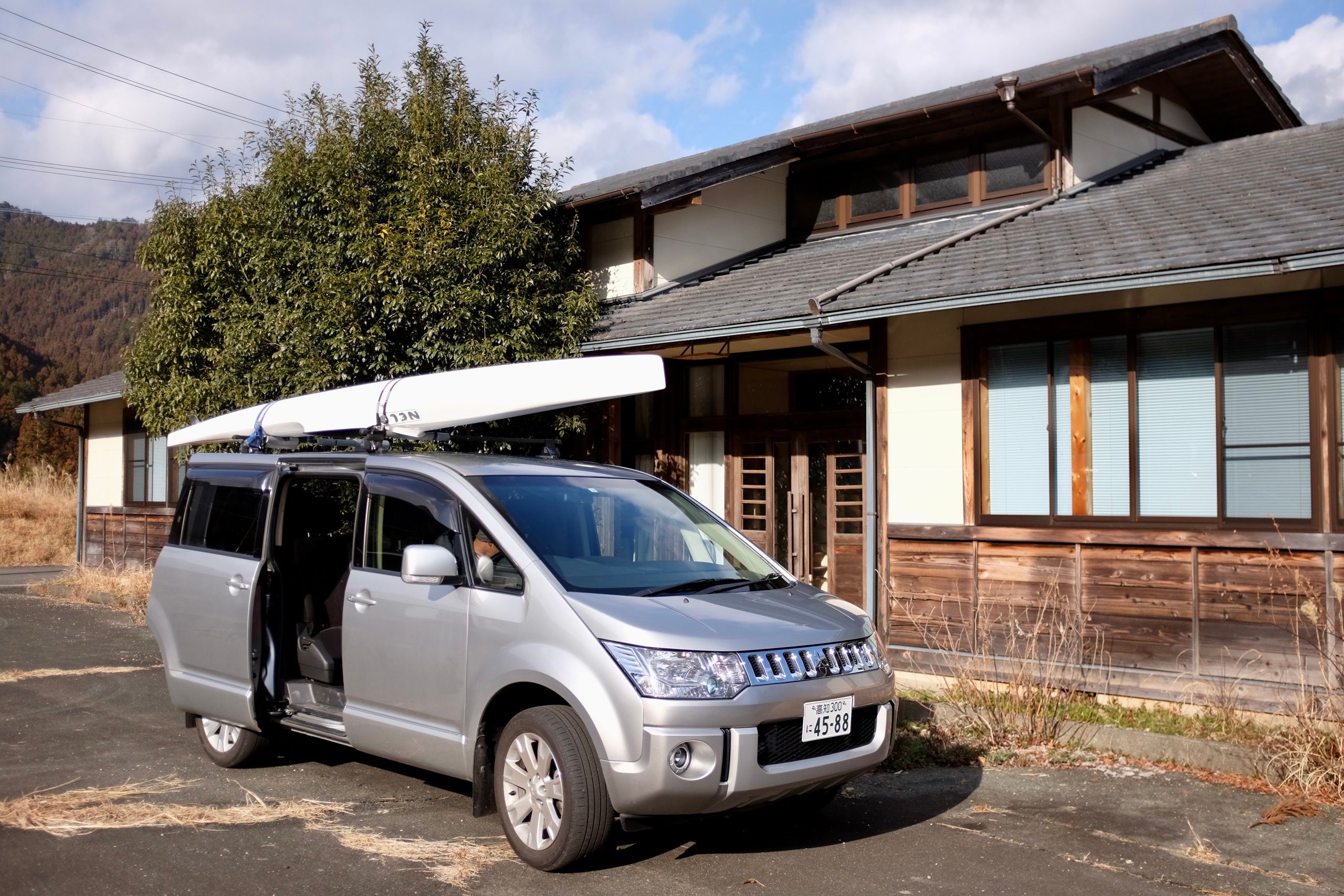
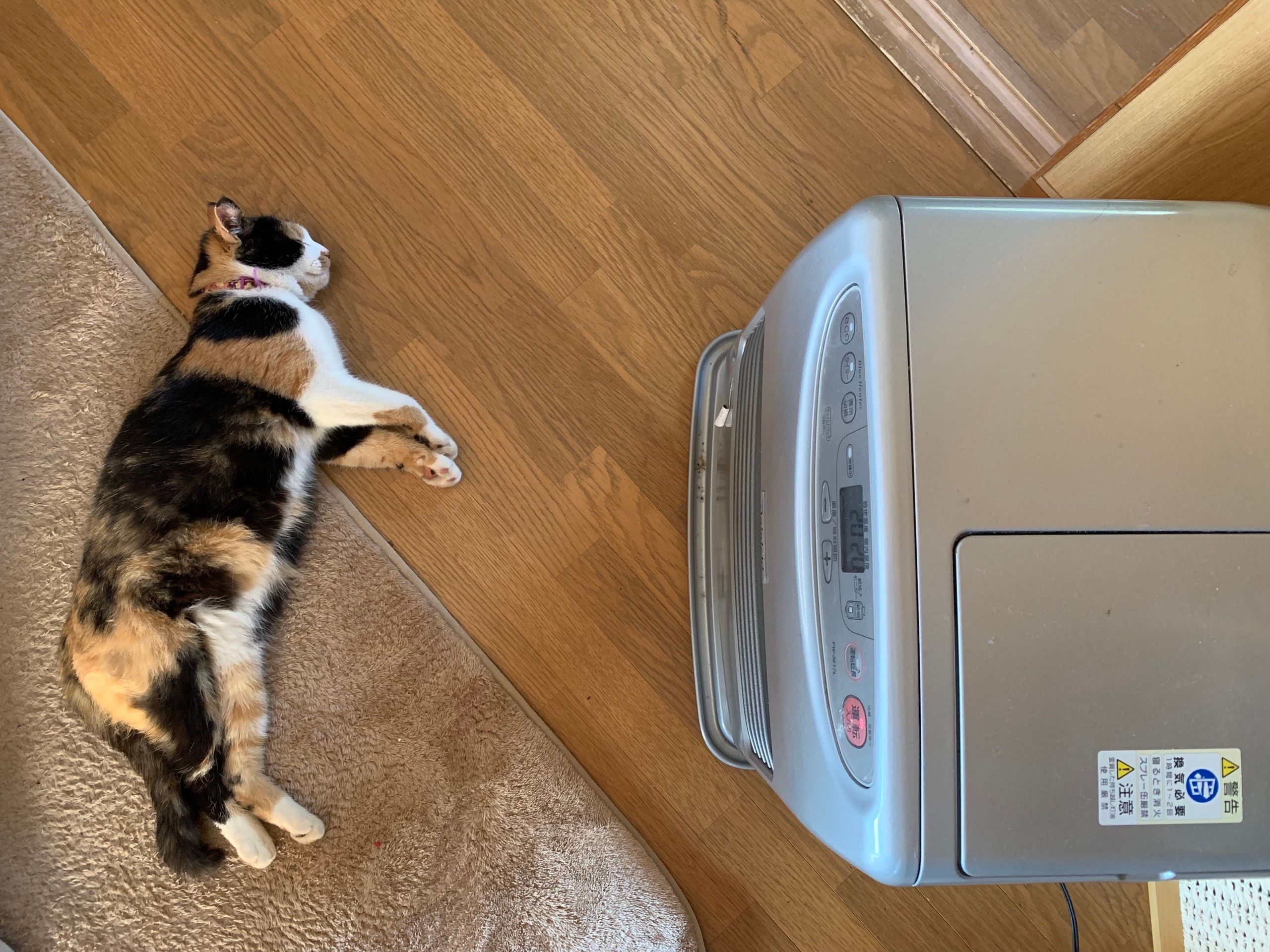
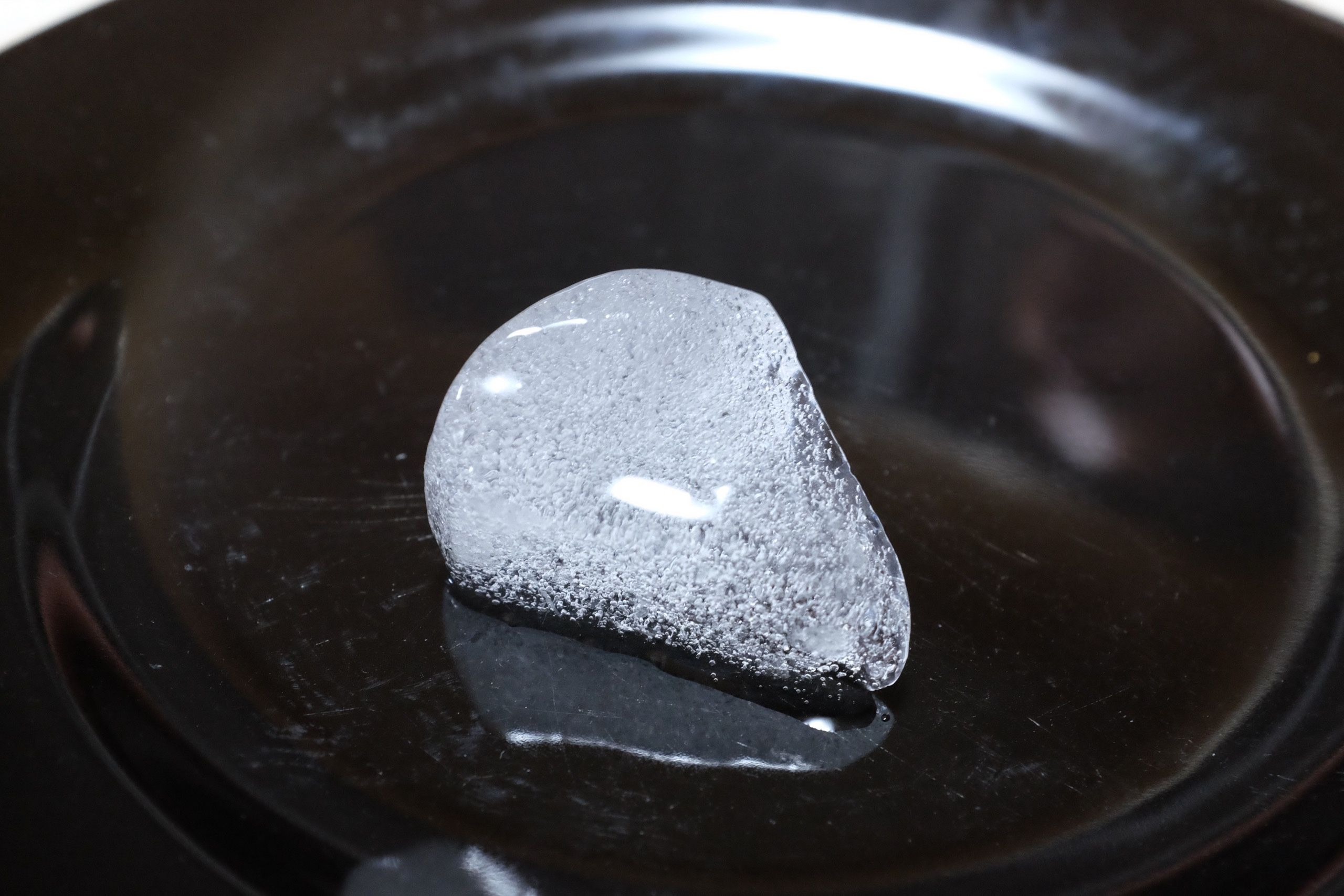
“I met a whaler in Kōchi,” Lajos said. “He spends a third of the year in Arctic waters, a third of the year in Antarctica. This is a piece of 8,000-year-old Antarctic ice he brought me last year.” We were having a relaxing time, and we made it Suntory time, and listened to air bubbles older than the walls of Jericho and the citadel of Erbil sizzle in the cool night. The next morning, Lajos drove off to the ocean, his white racing kayak sparkling with frost, and I walked west, into a swirling, milk-white fog which soon burned off the land.

